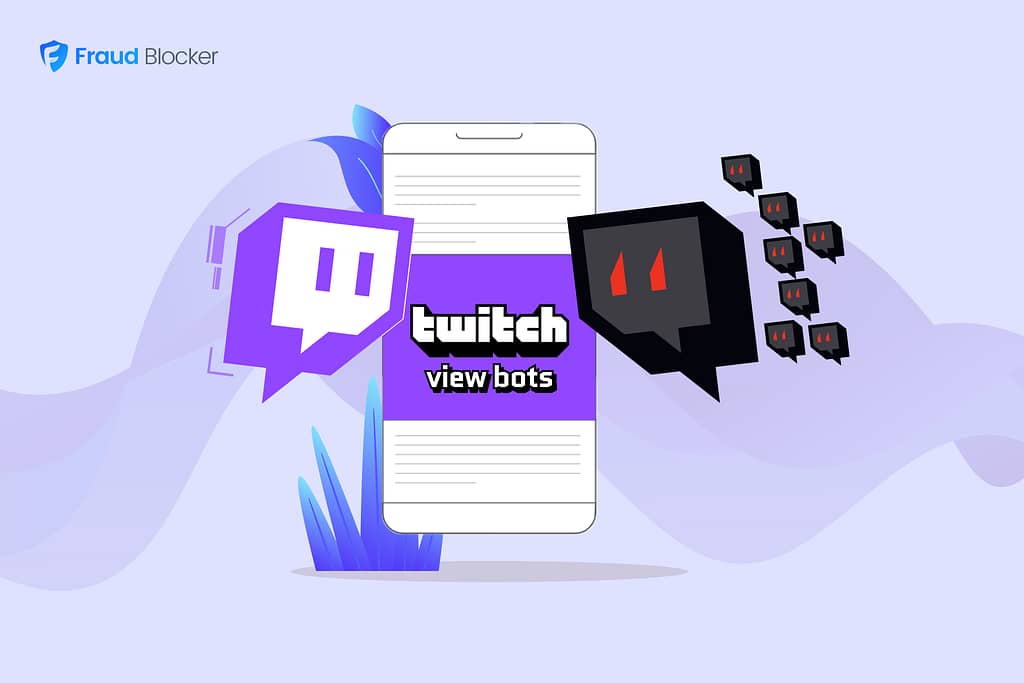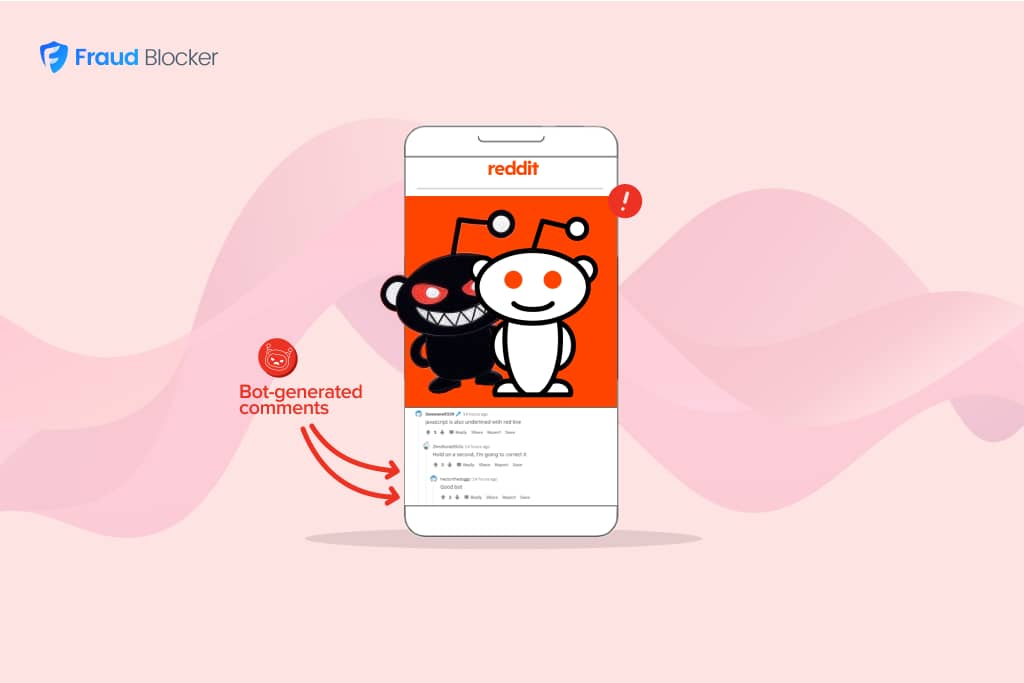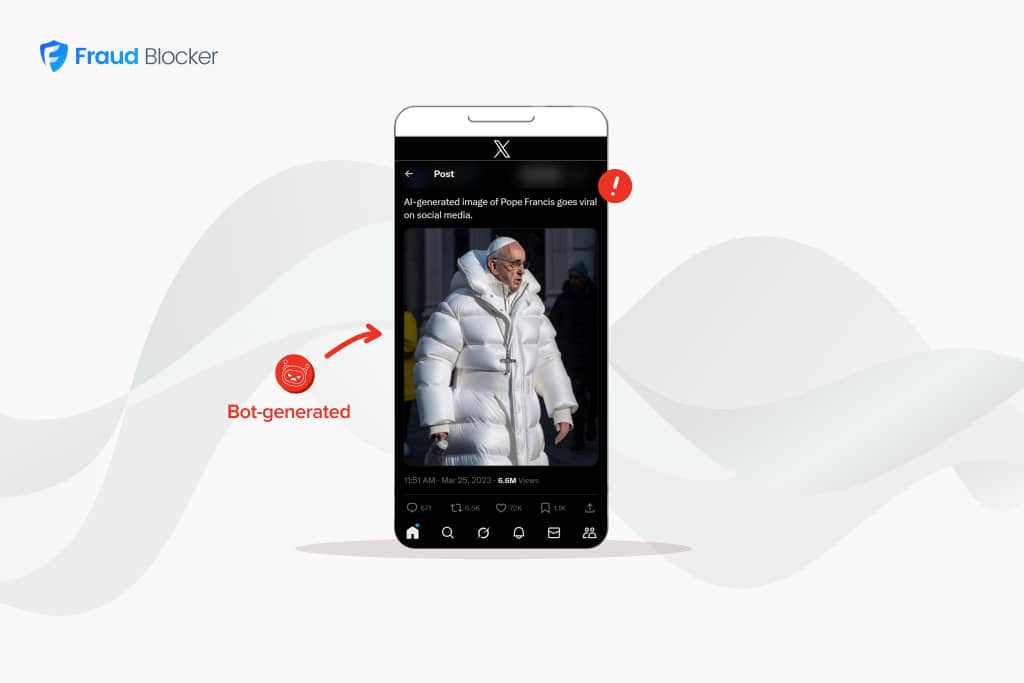
NEW New feature: Verify & block fake emails

We improve your ad performance by blocking click fraud and fake emails

Click fraud is costing advertisers billions in loses. Learn more here.

Click fraud is costing advertisers billions in loses. Learn more here.


2024 is a major presidential election year in the US, and voters will be inundated with polling and survey data.
These polls and surveys are often completed by bots, in an effort to persuade your opinion about a certain topic or candidate. These surveys may be on Twitter, Reddit or other platforms, that are then re-cycled and shared across news organizations nationwide.
Votebots are becoming more sophisticated with AI and are designed to mimic human voting behavior.
This article helps you understand what they are, how they work and how you can prevent them.
A “votebot” is a type of software or script that is used to automatically vote on online polls, surveys, forums, or websites. These bots are typically designed to manipulate the results of an online vote by generating a large number of votes quickly. They can be programmed to vote for a particular option, or to vote randomly.
Votebots are often considered unethical or a form of cheating, as they distort the genuine opinion of the human. In many cases, the use of votebots violates the terms of service of websites and can lead to bans or other penalties.
Votebots operate on a simple yet effective principle. They log in, cast a vote, and log out, only to repeat this sequence numerous times.
This process is made possible through the use of proxy servers, which mask the bot’s identity, making each vote appear as a unique entry from different users and locations. This tactic effectively bypasses one of the major hurdles in automated voting: the detection and blocking of repeated votes from the same IP address.
Here’s a votebot in action. In this case it’s being used to automatically vote on any poll using PollDaddy’s leading polling platform. Thir platform is used by BBC, Microsoft, Forbes, IBM and more.
Votebots are relevant in a variety of situations where outcomes hinge on voting. Below are several examples where vote-based decision-making is crucial:
1. Online Polls: Common places for votebots are polls on Discord, Reddit, google forms, and X (formerly Twitter). During this election season in 2024, bots are likely voting on polls to help pursued users to for/against candidates.
2. Online Competitions: In these contests, winners are determined by tallying likes or votes on their submissions. For example, votebots can be used to select the best app in a design contest where the bot votes for an app that may not be the true best when selected by humans.
3. Digital Marketing: Brands and businesses online often leverage their follower numbers to strengthen their market presence. Unfortunately, this is far too common 🙄.
4. Audience Engagement Boosting: Votebots can like your posts, comments and more to falsely boost the appearance of trending.
5. Online Community Leadership: In some online communities or forums, leaders or representatives are chosen through a voting process by the members.
It’s important to note that the ethical and legal implications of using votebots vary depending on the context and the platform’s policies.
Identifying activity by a votebot, which is a program designed to automatically vote on online posts or content, can be challenging, but there are several signs and strategies you can use to detect such activity:
Bot-completed Honeypot Fields: If you have a honeypot (see below section here), then any hidden fields that were completed when submitting a vote, would be from a bot.
Unnatural Spikes in Voting Analytics: Sudden spikes in votes, especially in a short period, can be a red flag. This is particularly suspicious if the content isn’t exceptionally popular or trending.
Inconsistent Engagement Levels: If there are a large number of votes (upvotes or downvotes) but very little engagement in other forms (like comments or shares), it could indicate bot activity.
Fake-Looking Accounts: Look at the profiles of the users who are voting. Bots often have incomplete profiles, very few posts, or seem to be created recently and solely for voting purposes.
Repetitive IP Address: If you can view the IP addresses of your voters, then they may all have the same one. many votes are coming from similar IP addresses or geographical locations that don’t align with the expected audience, it might indicate bot activity.
Check for Patterns in Types of Content: Bots are often programmed to vote on specific types of content. For example, a Republican party member may use bots to vote on polls to help persuade the outcome in their favor.
Compare with Similar Content: If similar posts or content aren’t getting the same voting patterns, it might suggest manipulation on the ones that do.
Remember, while these signs can suggest bot activity, they are not definitive proofs. Each case should be evaluated carefully considering the context and other available data.
Each platform requires different votebot software. So to upvote on Discord or reddit, you’ll need different scripts from those on X or PollDaddy.
Here’s a few things you’ll need to create a votebot:
1) Votebot Scripts:
There are several open source scripts on github and you’ll need a basic developer understanding to use these tools:
2) Proxies:
Proxies are the linchpin in the operation of votebots. They offer anonymity, speed, and a global presence. By rotating through a pool of proxy IPs, votebots can cast votes from seemingly distinct locations, enhancing the illusion of genuine voter turnout. This capability is essential in circumventing security measures designed to detect and block artificial voting patterns.
3) Accounts:
Some polls and surveys only allow 1 vote per poll, per user so they require you to be logged in to help mitigate abuse. So in that case you’ll need to create separate accounts with passwords to add to your scripts before you can use a votebot.
To prevent votebots, consider these strategies:
Use a Honeypot: Honeypots are invisible fields within the form’s code that are not visible to human users. Bots scanning the code might fill these out, revealing their non-human nature. Responses with these fields filled should be considered invalid (learn more about Honeypots)
Use Fraud Detection Tools: These tools can identify bot activities in your online forms and provide alerts and track their sources. With our service, Fraud Blocker, we can help block bots if you’re using paid traffic to answer your polls and surveys.
Require Identity Verifications: Bots can easily proliferate if you don’t require any type of personal identification. Consider adding verifications such having a payment method on file or an aged account status.
Report Bots: If you suspect bot activity, you can report it to the website or platform administrators. They have more tools and access to data to investigate such activities.
Thoroughly Evaluate Poll/Survey Providers: If you’re partnering with external companies for polls or surveys, it’s crucial to ensure they are reputable and have robust measures against bot attacks.
Stop votebots with a honeypot
Bots are also clicking on your online ads.
We can help boost your ad performance by removing bots, accidental clicks, and more from your advertising campaigns.
Try our 7-day free trial and see how much money we can save you.
Further related reading:


